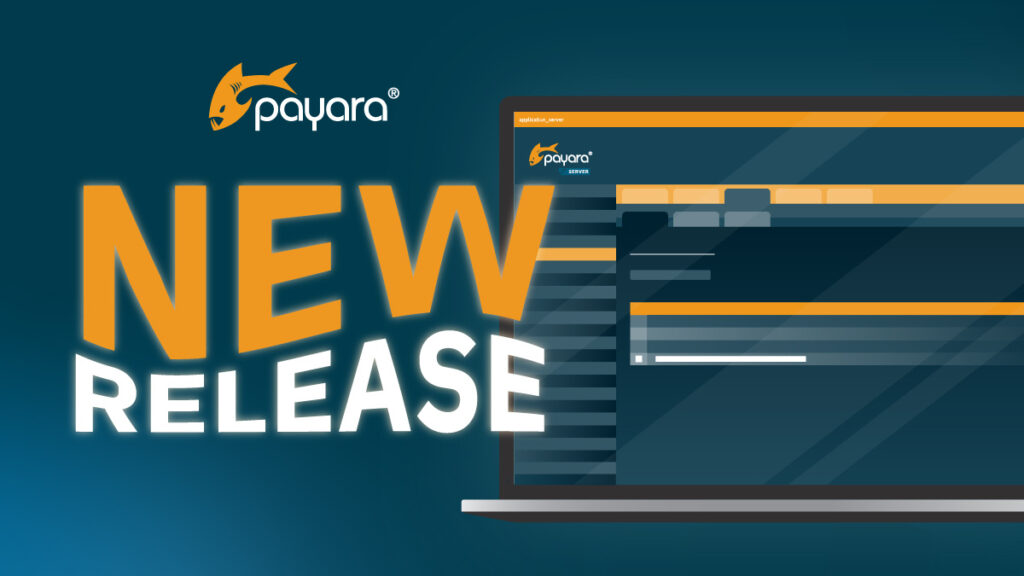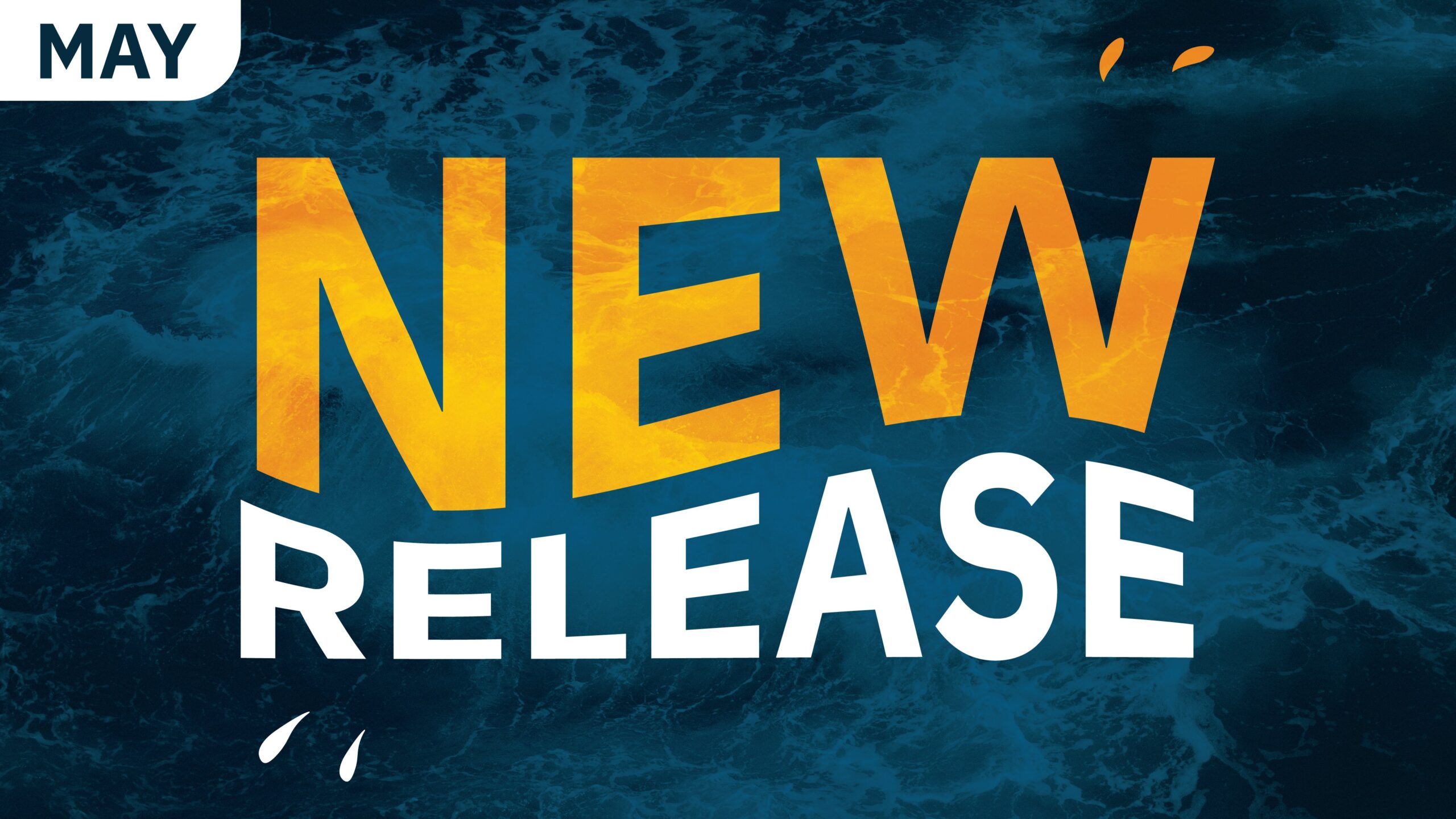 3 minutes
3 minutes
What’s New in the December 2025 Payara Platform Release?
The December 2025 releases bring targeted improvements and security updates across Payara Platform Enterprise versions 5.82.0 and 6.33.0 as […]

The May 2022 Payara Platform release is here! This is an Enterprise-only release, with 5.39.0 bringing 4 bug fixes, 2 component upgrades, and 5 improvements.
JDK 17 is now supported in Enterprise! It has been tested in Community and can be relied on for mission-critical systems. Enterprise users also enjoy an improved Upgrade Tool, with more troubleshooting available when moving between Payara versions.
You can request Payara Platform Enterprise 5.39.0here.
You can download the latest Payara Platform Community version 5.2022.2here.
Please note: Payara 5 Community will soon be replaced by Payara 6 Community, meaning Payara Community will only runJakarta EE10 applications. If you want to keep using earlier Java EE/Jakarta EE versions – we encourage you to move to Payara 5 Enterprise. Find out more:
{{cta(‘d8ccedf2-8dcc-4718-ad87-8fe659967243’)}}
JDK 17is the latestLong Term Supported (LTS)version ofJava, released in September 2021 with inclusion in Payara Platform Community Edition following in November.
Now that JDK 17 has been extensively tested in Community, and issues have been fixed, Enterprise users can enjoy astabilised, better integrated implementation.
Benefit from JDK 17’schanges and additions,including Switch expression, the mapMulti method addition for Streams, Text Blocks to define multi-line Strings, Pattern matching for instanceof and switch and the Record structure.
The PayaraUpgrade Toolmakes the process of upgrading from one version of Payara to another quick and easy. It is an Enterprise-only feature. If an issue is detected in the new version of Payara Server, the Upgrade Tool will restore domain configuration from the backup using the rollback-server command.
Though the tool flagged errors in each upgrade, it didn’t previously offer much help when troubleshooting. Our enhancement meansthe Upgrade Toolnow provides extra logging information. With this release, you can print out all details of the upgrade, with errors and causes, to a log file or to the console’s output, depending on whether you use asadmin CLI or the Adminstration Console.
We have also fixed issues with functionality for the --help option, and when upgrading SSH nodes set up using key file authentication.
Remember, the features outlined here are only available withPayara Enterprise. Payara Enterprise offers peace of mind: any widely applicable issues will have been detected and fixed in Community, and additional features like the Upgrade Tool help avoid issues specific to your product. All this is included alongside access toengineer support.
Now is the perfect time to become an Enterprise customer, because we are nearing the release of Payara 6 Community. It will replace Payara 5 Community and only run with Jakarta EE 10. Jakarta EE 10 contains many breaking changes. To avoid any disruption, a Payara Enterprise subscription will allow you to access the support of our server experts to manage the change, or the ability to stay on Jakarta EE 8. Find out morehereand request:
{{cta(‘49670096-d865-451a-bb69-e099fdd559d6’)}}
Questions about the above? Join us online 3pm GMT May 25th.
In this webinar, Payara CEO Steve Millidge will discuss what the rest of 2022 will bring for the Payara Platform. There are changes to announce that will impact all projects and businesses using the Payara Platform, so make sure you don’t miss it:
{{cta(‘0d6dde54-2c43-4869-b8b0-385000b6be90’)}}
The May 2022 Payara Enterprise Release (request here) includes 4 bug fixes, 2 component upgrades and 5 improvements.
See a more detailed overview of the fixes and improvements in the Release Notes:
{{cta(‘b2e4c2b6-f33a-4ae4-9290-f1cf476f445a’)}}
Share:
 3 minutes
3 minutes
The December 2025 releases bring targeted improvements and security updates across Payara Platform Enterprise versions 5.82.0 and 6.33.0 as […]
 5 minutes
5 minutes
November has been one of the busiest months of the year for the Java and Jakarta EE ecosystem. With […]
 3 minutes
3 minutes
Working with enterprise Java databases can sometimes feel like swimming upstream. Jakarta EE 11’s Jakarta Data helps developers glide […]